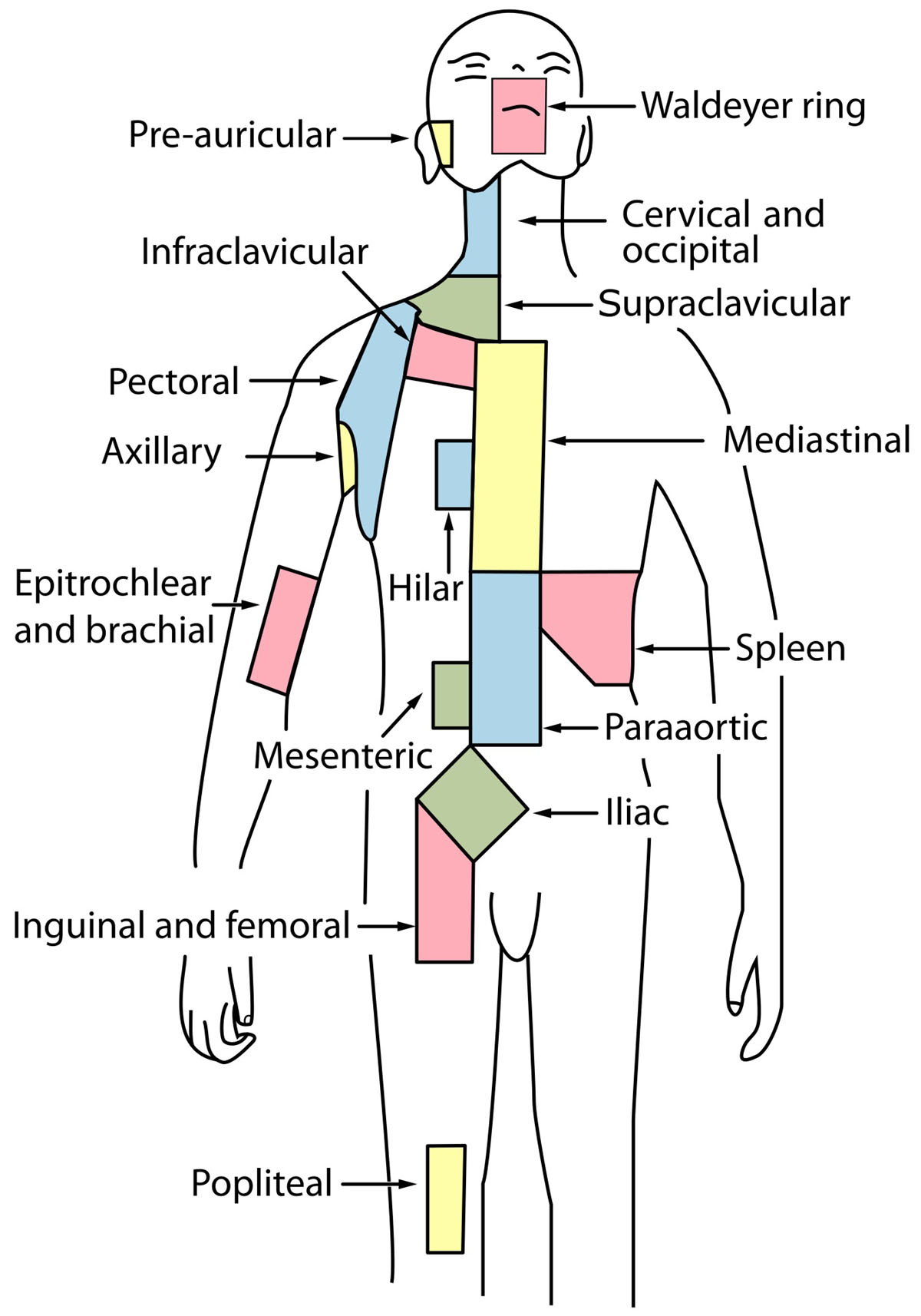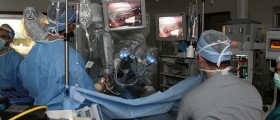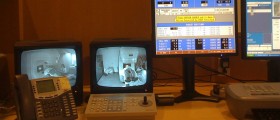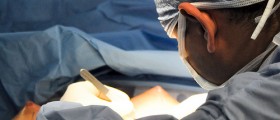
In recent years, the screening process and the increased awareness of breast cancer have enabled the conditions to be diagnosed at an early stage.
The lymph nodes act as a filter for your body's lymphatic drainage system, which is why they are likely to filter out the cancer cells that might be floating in the fluid that drains away from the cancer-infected area of the breast.
Sometimes in breast cancer, the lymph nodes could have cancer as well, however, in about 80 percent of cases in which the tumors are smaller, the lymph nodes are not affected.
Instead of removing all lymph nodes, there are no new procedures called sentinel node biopsies, in which only the ones that are suspected of containing the cancer are removed.
Earlier, the only way to determine if the lymph nodes have cancer was to perform an axillary dissection, which involves removing all of the lymph nodes that are located under the armpit.
However, in the sentinel procedure, the surgeon will identify the troublesome node or nodes by injecting a dye with a very low dose of radioactivity into the breasts, after which, a small incision is made at the edge of the underarm hair. The nodes that have the dye are determined to be the sentinel nodes and are then removed and examined to see if cancer is present.
If no cancer is present, then no further surgery on the lymph nodes will be needed.
The advantages to such a procedure for women are that it reduces the chance of developing arm swelling, the procedure can be performed outpatient, no drain tube needs to be inserted after the surgery, it is less painful, and the return to activity after this surgery is faster.
Lymph nodes are complicated because they are buried under fat and cannot be seen during normal breast surgeries. Most women will have in between ten and 30 under their arms. In the procedure of an axillary dissection, the surgeon will remove the fat that contains the lymph nodes and then examine them under a microscope to see how many are located there and whether there are any cancer cells present. This entire procedure will last about five days.
A drain tube is left in place after the surgery, in order to collect the lymph fluid that forms afterward.
Once the drainage becomes minimal, the tube is removed.
The benefits of this procedure usually outweigh the complications. It is the most effective way of determining whether there are cancer cells present in the lymph nodes and it will only result in minor stiffness and pain in the arm, as well as minor swelling, which can only be reduced by women with the proper exercise regime.
However, recent research has shown that such a procedure may not be the best solution after all.
Some specialists will recommend chemotherapy for both early and late stages of breast cancer, before the information from analyzing the lymph nodes is obtained. Some doctors will also prescribe tamoxifen, which treats tumors with estrogen receptors, regardless of the status of the lymph nodes and whether they are cancerous.
These methods are much different than those that were available when axillary lymph node dissection initially became a popular method.

















Your thoughts on this
Loading...